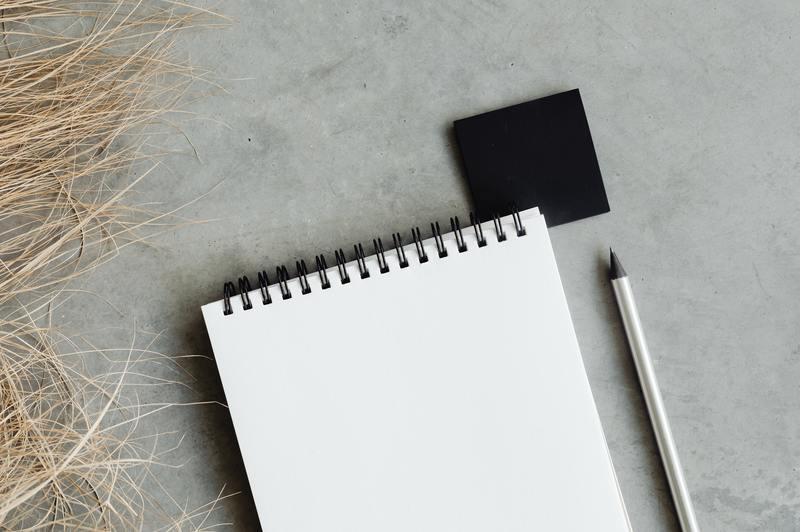Choosing to read this article now means that you are currently in a dilemma and are in dire need of an answer on how to remove mildew from paper. Indeed, it can be very frustrating to see that these tiny destructive organisms didn’t spare even your paper.
Spare yourself from the hassle of searching and thinking of what to do. Continue reading, and you will learn more about mildew and how to get rid of it.

Mildew Identification On Paper
The United States Environmental Protection Agency identified mildew as a kind of fungus referred to as early-growth of mold. It is also claimed to have a flat growth habit; as long as an area has a high moisture level, it can thrive.
It can live on any organic material, from leather, wood, cloth, and paper. If you somehow got a whiff of a musty and earthy smell on your study area, bookshelves, or library, then it’s time to do a thorough checking.
You can start checking by inspecting thin powdery patches on the surface of your book or paper. It can appear white, gray, or black.
Mildew growth may not be as disastrous as mold, but it can still leave nasty stains. Who would want a good piece of paper having taints?
There’s no need to worry too much; this article would help give you an easy way to clean mildew from papers. It is possible to do it on your own, but you can also call for a professional’s help if that’s what you want.
Mildew removal on paper
Most would have already forgotten their books in this world where technology is more used. It might be sitting in your bookshelves, quietly growing mildew or even mold.
The next time you found your interest back for books, it was the mildew that would welcome you. Follow these steps, and you’ll be able to clean mildew without stressing yourself:
Step #1. Protect yourself
Wear protective clothing to protect yourself from what mildew does to your health. A mask, gloves, and goggles would do, but you can wear full-on protective clothing if the mildew you have to clean is a huge batch.
Step #2. Mildew identification
As always, start with identifying where mildew is growing, which were infected, and how large the area was infected. It is so you can pick out those with mildew and separate them from those that weren’t infected.
Step #3. Choose location
After knowing which is infested and not, it’s time to pick a location to do the cleaning. As much as possible, you should choose a vast place near an open door or window, or directly do the cleaning outside so that undoubtedly it wouldn’t contaminate your other stuff.
Also, prepare waxed paper, parchment paper, or any paper that you can use as a base for cleaning mildew.
Step #4. Drying wet paper
It’s not advisable to thoroughly clean wet paper because it will ruin the piece more. If you’ve got a dry one instead, skip this step and proceed with the next one.
If it’s sopping wet, place it in a ziplock bag or a plastic bag. Then, put in the freezer until the moisture freezes, and you can then proceed to any of the following:
- Place the papers under the sun for less than an hour because light can also cause more damage.
- Sprinkle cornstarch on the paper, place it in a plastic bag, leave it for a couple of hours. Then to remove the cornstarch, use a brush to sweep through the paper gently.
Step #5. Dry treatment
In this step, you can either use hydrogen peroxide or a mild dishwashing liquid. Before anything else, use a soft brush to dust off mildew growth as much as you can gently.
For hydrogen peroxide, follow a 1:1 ratio, one part hydrogen peroxide, and one part water. Pour mixture in a spray bottle and sprinkle a tiny amount on the affected area, ensuring not to soak it before patting it dry with a soft, absorbent towel.
If you use dishwashing liquid, create sudsy water in a bowl by adding a few drops to the water. Dip a clean cloth on the soapy water, pat it gently on the affected area, remember not to scrub it.
Dip another cloth to clean water, and pat the paper to remove the soapy residue. Finally, pat it with a dry cloth until it is not damp anymore.
For additional information, you can visit either of these detailed articles: how to remove mildew from paper documents and how to remove mold from paper documents.
Early Mildew Prevention
Here are some of the things you might want to take note of when it comes to preventing mildew from coming back or from growing in your papers:
- Store in a clean and dry place.
- It’s best to have a dehumidifier in place to remove the excess moisture lingering in the air. But it is not necessary to always keep it on.
- Keep plants away from where you store or place books or papers.
- Have good air circulation inside by opening windows occasionally.
You might also want to see this article about how to remove mold from paper artwork.
Conclusion
It could be challenging to clean mildew from your documents or paperwork with many considerations in hand. With a good guide on how to remove mildew from paper, this task would be more manageable.
Just be sure that you are adequately equipped and ready if you do this task. Proceed with proper actions to keep your health belonging far from threats.
